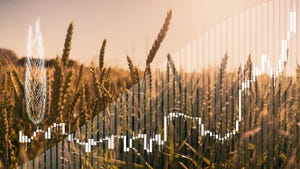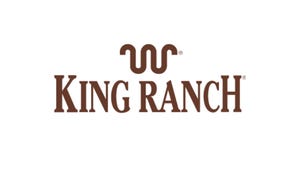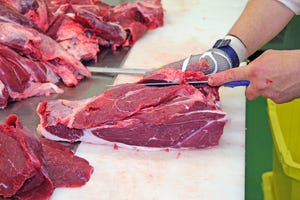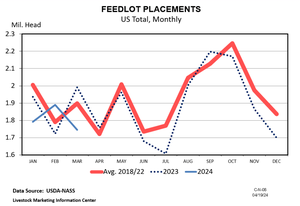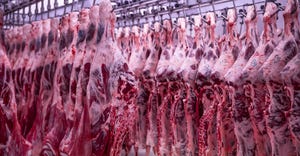Farm Business Management
More Topics
Farm Progress America, April 24, 2024
Farm Business Management
Farm Progress America, April 24, 2024Farm Progress America, April 24, 2024
Mike Pearson takes a look at Southern Ag Today-- a coalition of 13 universities centered on research their report on the 2023 sugar crop.
Subscribe to Our Newsletters
BEEF Magazine is the source for beef production, management and market news.



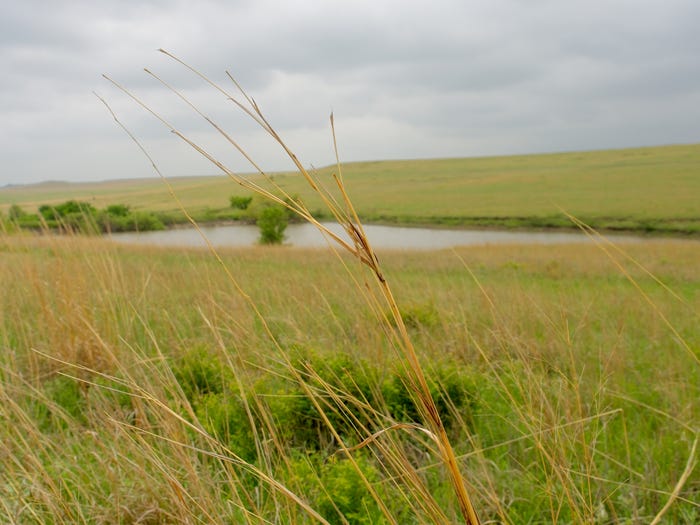
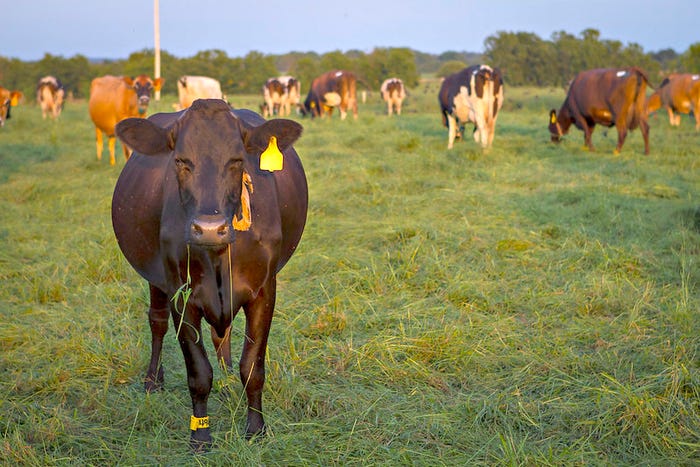

.jpg?width=300&auto=webp&quality=80&disable=upscale)











.png?width=300&auto=webp&quality=80&disable=upscale)
.png?width=300&auto=webp&quality=80&disable=upscale)






